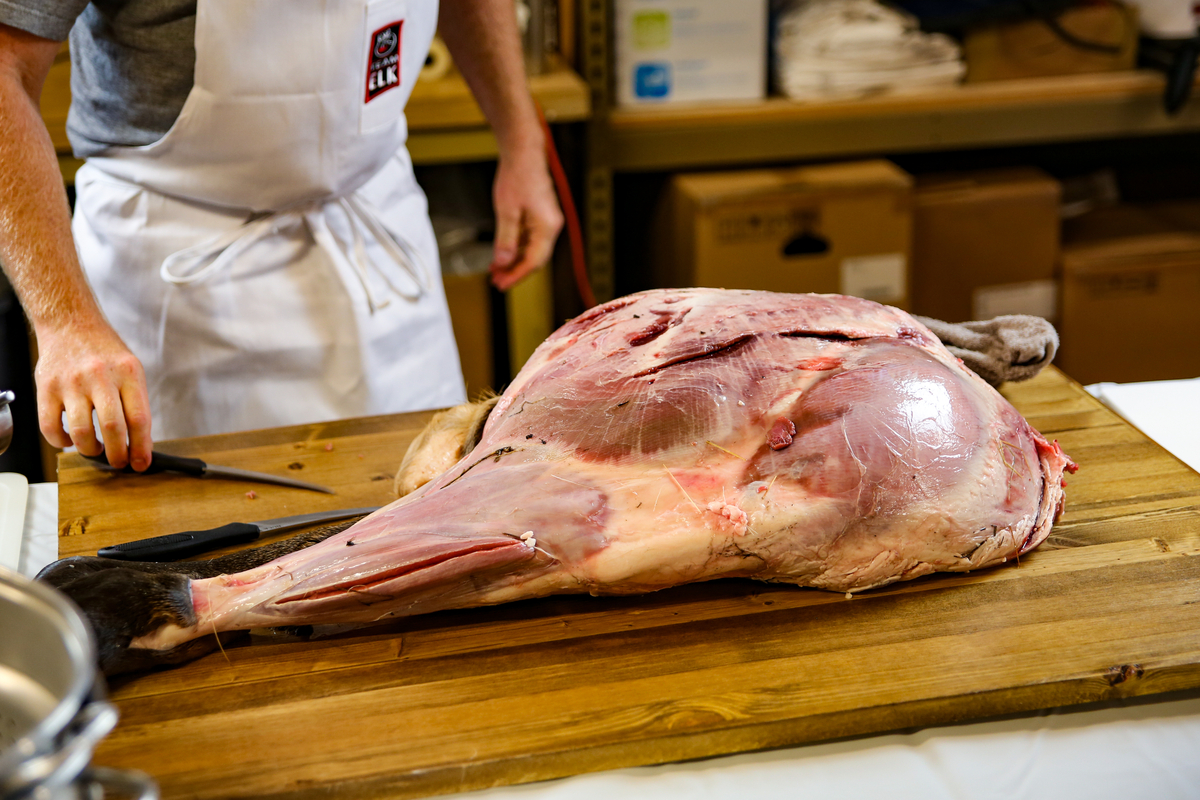The Rocky Mountain Elk Foundation strongly urges hunters nationwide to check the chronic wasting disease regulations in the states where they live or hunt before making any donation. In an effort to minimize the risk of disease spread, a number of states adopted regulations affecting the transportation of hunter-harvested deer and elk. Click here to view carcass transportation regulations for the United States and Canada, according to the Chronic Wasting Disease Alliance.
A number of conservation and sportsmen organizations are participating in the first-ever “Wild Game Meat Donation Month” in November. Hunters are encouraged to donate extra venison or other game meat to supply meals for those in need.
Recent research shows members of conservation organizations are three times more likely to donate to a Hunters for the Hungry organization. Unfortunately, many such network processors did not receive enough donations to complete their missions in 2022.
The study also shows hunters and their families consume 363 million pounds of meat and store an added 112 million pounds. Yet, they share 119 million pounds or 20 percent of harvested game with others including friends, food banks and hunger relief organizations.
Click here to find a place to donate meat.
According to the U.S. Department of Agriculture, wild elk is among the most nutritious of all domestic and game meats, ranking high in protein, yet low in fat, cholesterol and calories. It has 22.95 percent protein compared to 19.42 percent for grass-fed beef, 17.44 percent for chicken and 17.42 for wild duck. At the same time, it is just 1.45 percent fat compared to 12.73 percent for grass-fed beef, 7.13 percent for whitetail deer or 9.29 percent for wild pheasant.
By the way, click here to view an infographic showing the different cuts of elk.
(Photo credit: Rocky Mountain Elk Foundation)
